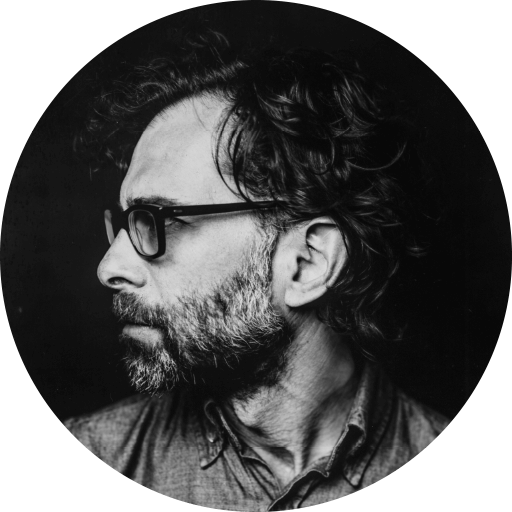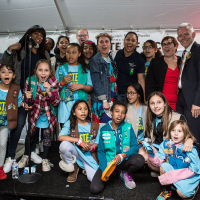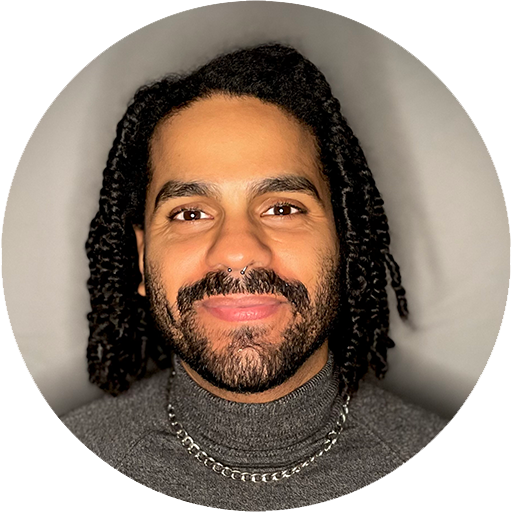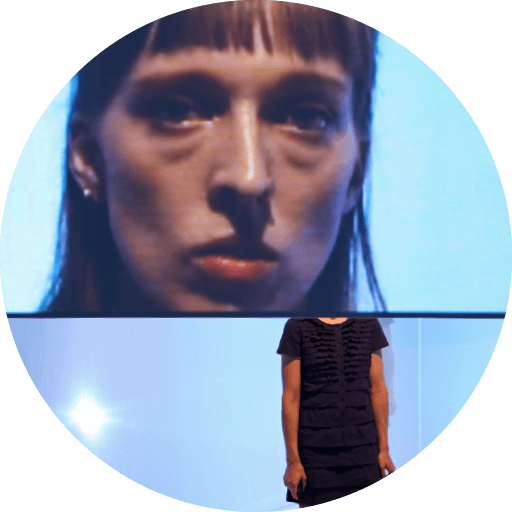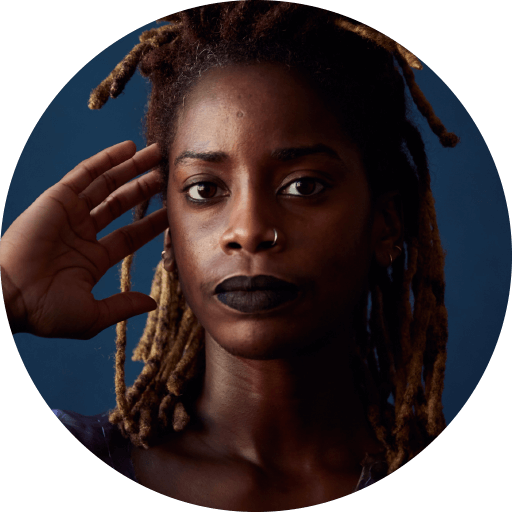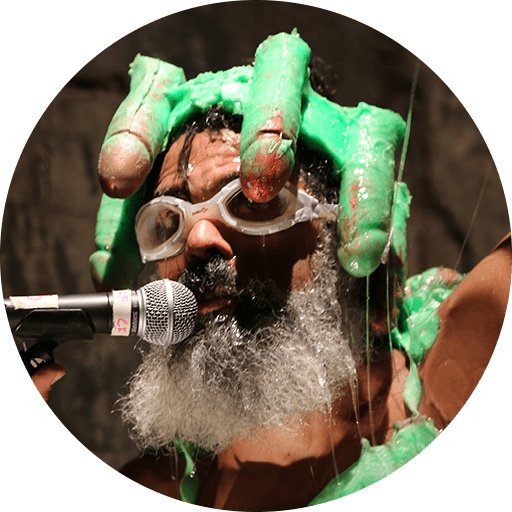A Dreamy, Madcap World of Things and the Ungraspable
Siobhan Burke, New York Times
Siobhan Burke, New York Times
Visiting the Chocolate Factory Theater, in the Long Island City neighborhood of Queens, feels like witnessing the end of an era these days. Amazon is poised to descend on the area, and the theater itself, a brick-walled room on a quiet block, is preparing to move to a larger location nearby. The change is bittersweet: Buying a home is a big deal for a small New York arts organization, but the idiosyncrasies of the current (rented) building, where artists have had freedom to experiment since 2005, will be hard to part with.
The choreographer Neil Greenberg is among the last to make use of this singular space, turning its architectural quirks and narrow dimensions to his advantage, like many before him. In “To the Things Themselves!,” which had its premiere on Wednesday and runs through Dec. 15, he seats audience members along the theater’s four sides, so that everyone has a front-row view of the bright and absorbing action, sometimes positioned mere centimeters from the dancers and the objects they carry.
Yes, there are tangible things in “To the Things Themselves!”: microphones, wooden batons, a slender bird statue. The four dedicated performers — Michael Ingle, Kyli Kleven, Omagbitse Omagbemi and, in an opening solo, Mr. Greenberg — swing, toss, nudge and dangle these, undercutting their conventional functions.
Yet the ardent title refers as much to things you can’t physically grasp — movement, light, sound — and to the possibility of being fully present, as a viewer, in the moment. Mr. Greenberg, who has been making dances for more than three decades, allows us to do just that, creating a world that’s difficult to explain but easy to enjoy, a series of moments to get lost in.
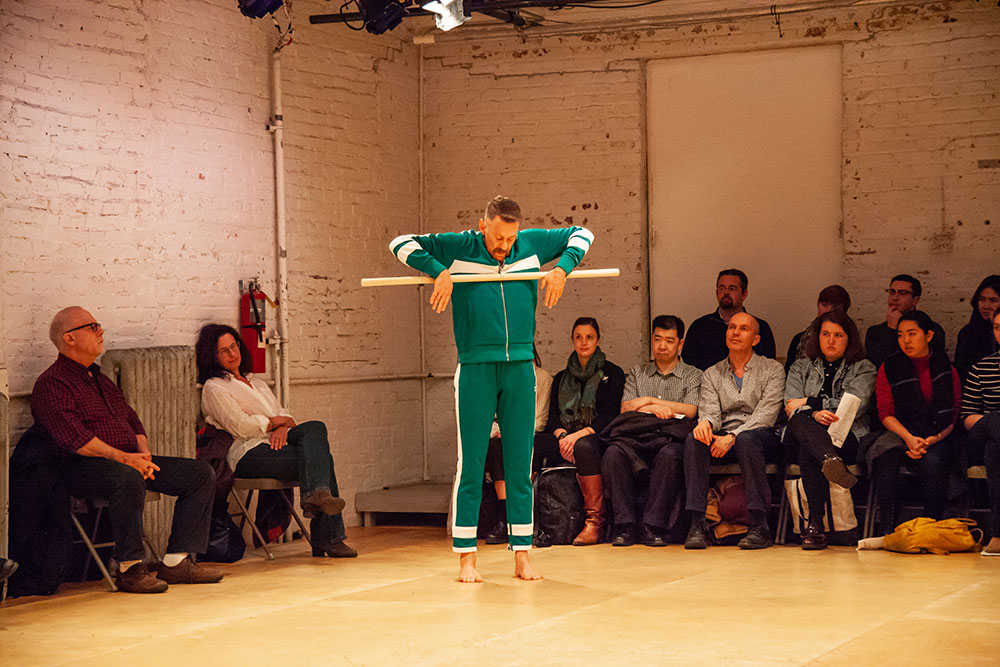
In his brief solo, Mr. Greenberg establishes the dreamy structure — and the subtly madcap humor — that persists through the work’s 75 minutes. Wearing a green track suit (Paige Martin and Parker Lutz designed the fashionably sporty costumes) and wielding a wooden pole, he could be part of a baseball team or a marching band, yet these associations linger for just seconds before transforming. Michael Stiller’s pliant lighting and James Lo’s playful soundscape — sampling from Prokofiev, Ruth Draper monologues and the soundtrack to “La Dolce Vita,” among other sources — also shift abruptly, as if sweeping us through portals, between dimensions.
It’s the three other dancers who commune most intimately with the theater, getting close to its architecture as they hold microphones to its worn walls (so much history in there), recline against its radiators and make a racket banging on the floor. Mr. Greenberg credits them with generating the movement, through improvisations recorded on video, then copied verbatim; that process comes through in their comfort with the material and the pleasure it appears to bring them. When Ms. Kleven crosses the stage with quizzical, stuttering steps, or Mr. Ingle balances in a low arabesque, or Ms. Omagbemi sits in a split and, smiling, slaps the ground, each seems to be slipping into something custom-made, for their bodies and the space.
Siobhan Burke for The New York Times, December 7, 2018.
Photo credit: Frank Mullaney.


